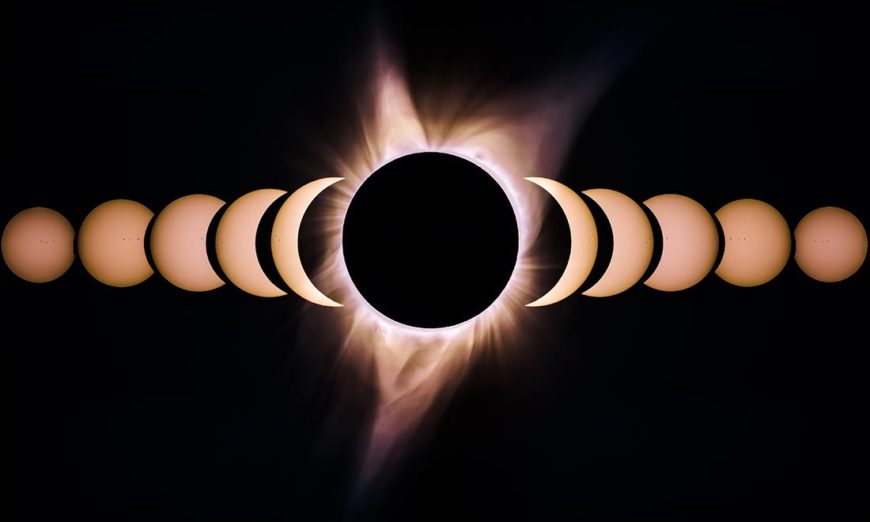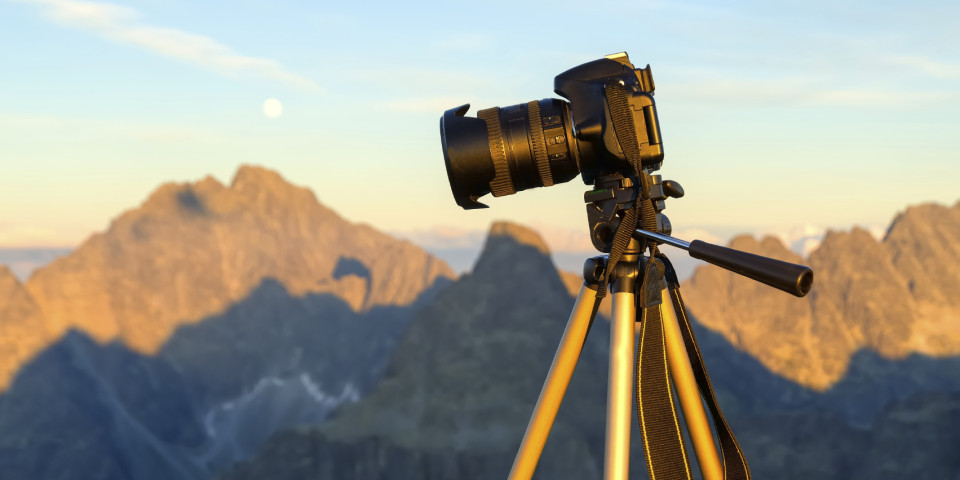So many people enjoy beautiful time-lapse photography, but they aren’t confident that they have the ability (or the tools) to create such fascinating works. Here’s a glimpse into the world of time-lapse photography, along with some step-by-step recommendations so you can join in the fun.
The technique used for this intriguing photography style captures images at a rate much slower than the speed used for viewing. When images are played at the regular speed, they give the appearance of rapid time movement and therefore lapse. All of nature moves. The clouds float, leaves flutter to the ground, flowers open, and the sun rises and sets. Time-lapse photography provides a window into the activity of nature, a city, or wildlife, which we don’t normally see. It gives us a time-altered perspective on the things we may look at every day. With a little effort and minimal equipment, you can soon be creating amazing visuals unable to be seen by the human eye.
Plan & Test
Create a work flow sheet and include what you plan to accomplish with your time-lapse, including the speed of the action, how many photographs you expect to take, the time it will take, and how many seconds between images. Clouds on a windy day are good images for practice, because you get a lot of action in a short amount of time. Reading and research is part of the planning process to really hone in on what it is you are trying to produce. Henry’s has a great selection of photography books, which are both instructional and creative, and can help prepare you for your shoot.
Quality Tripod
While capturing the movement of your images, it is critical that your camera does not move. A sturdy tripod can be anchored with sand bags if the terrain is uneven and when there is a breeze. Henry’s offers a full selection of quality tripods to meet both general and professional needs. You can also use a beanbag to secure your camera if you are capturing flowers opening. The bag can be shaped to hold the camera and capture the desired angle of your object. Beanbags are also convenient for shooting upwards at objects low to the ground.
Camera
You need a camera that is capable of shooting in full manual to take time-lapse images. Mount your camera on the tripod and place it in manual mode. Set your exposure for the subject as it appears when you start the process. Do not change your adjustments even if your lighting will become gradually darker. Set your ISO to a specific value. If you allow your camera to self-adjust, you will wind up with a flickering appearance in your time-lapse. Shoot in a constant white balance and a constant focus. Auto, P, AV, and TV modes can make changes and cause your finished product to have an unusual appearance. If you think you may want to adjust your white balance in processing, shoot in RAW mode. Always shoot in the smallest RAW or jpeg size. If you have been using a high end point and shoot and are ready to invest in a DSLR, speak to the specialists at Henry’s about choosing the right camera.
Remote Timer
If your camera does not have a built-in intervalometer, you can purchase a remote timer for your specific camera at Henry’s. Once you have your timer plugged in, you must determine how many pictures you want to take and how much time you want between them. For a practice run, you might choose to take 250 pictures with five seconds between each one. It will take just under 21 minutes to complete the trial. If you are photographing a flower as it opens in the morning, ten second intervals usually work well. Research the amount of time it takes for the specific flower to open so you can properly set your time.
Neutral Density Filters (ND)
It is important to reduce the amount of light that enters your camera, but you do not want the color altered. ND filters work well with slow shutter speeds. The filters have been referred to as camera sunglasses, because of their light filtering abilities.
Follow these steps and you’ll be ready for your first time-lapse experiment! Like any skill – practice makes perfect! Don’t be afraid to practice and play around with your art – in no time you’ll be capturing stunning time-lapse photos you’ll want to share with the world! We’d love to see them too! Join us on Facebook and Twitter to share your time-lapse creations with Henry’s online community!



